Understanding Terpenes: What is Myrcene?

- 1. What is myrcene?
- 2. Where can you find myrcene?
- 3. The structure of myrcene terpenes
- 4. What are myrcene's uses?
- 4. a. Myrcene and its sedative properties
- 4. b. Myrcene as an anti-inflammatory and analgesic
- 4. c. Myrcene for tumor inhibition
- 5. What are some myrcene rich strains?
- 6. The bottom line
If you're keen on tasting different cannabis flavors and scents then what you're actually into is a component in marijuana plants, and every other plant in nature called terpene. These terpene compounds are the ones responsible for producing the characteristic smell and taste of most of the plants and fruits.
For example, if you've ever noticed a spicy, earthy, musky scent and slightly sweet flavor in cannabis buds, chances are that you were enjoying the properties of some myrcene terpenes.
Myrcene is one of marijuana's most predominant terpenes, which, apart from adding strong flavor hues to our weed buds, also provides a wide variety of properties.
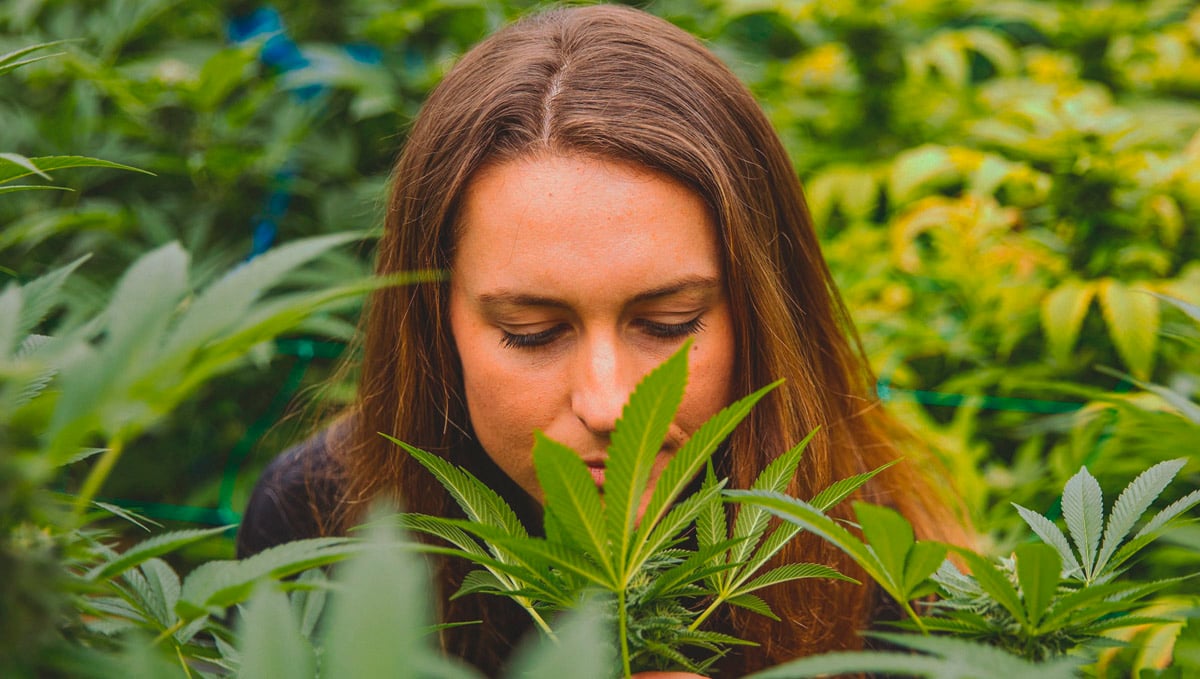
Since each terpene in the cannabis family comes with its own complex of characteristics, let's get into the specifics of myrcene terpenes in detail.
1. What Is Myrcene?
As we've mentioned before, the terpenes known as myrcene are the ones that abound the most in cannabis plants, therefore being considered one of the ten primary terpenes.
Terpenes are fragrant oils that determine the smell of many plants and herbs. These compounds are not psychoactive by themselves, given that they are also present in most of nature's plants, and not every plant gets you high, do they?
Myrcene terpenes, just like the rest of the terpenes in marijuana, are produced in weed buds' trichomes. Trichomes are the mushroom-shaped or lollipop-like glands where other famous cannabinoids of the plant are produced, such as THC and CBD.
With myrcene, for instance, the most recognizable smell and taste you'll likely sense is that one of earthy and spicy tones, while some people can recognize some balsam, musk, or clove fragrances in myrcene as well. Let's have a look at its technical chart:
| Aroma | Found In | Medical Use | Effects | Vaporizes at |
|---|---|---|---|---|
| Earthy, herbal, musky, cloves, cardamom. | Cannabis, mango, lemongrass, thyme, hops, and more. | Pain, inflammation, anxiety, ulcers, asthma, cancers, and more | Sedative, relaxing, laziness. | 167° C |
And again, just like the rest of the other terpenes, myrcene provides a vast amount of physical and mental benefits when we consume them, even more in conjunction with other terpenes and cannabinoids, which we'll dive into further ahead.
2. Where Can You Find Myrcene?
Aside from its strong presence in cannabis, myrcene can be found in an extended list of plants and herbs, such as eucalyptus, lemongrass, ylang-ylang, bay, parsley, wild thyme, hops, cardamom, and clove.
Myrcene is also prevalent in mango fruits, that's why it isn't uncommon for people to find fruity, sweet flavors in myrcene-predominant cannabis buds.
Did You Know?
Did you know that given mangoes are high in myrcene terpene contents they can even boost your cannabis high. This urban myth isn't actually a myth but more of a scientific fact.
Commercially, myrcene terpenes are mainly employed for the production of cosmetics and fragrances. In traditional, folk medicine lemongrass was also used to aid those struggling with sleeping disorders such as insomnia. You'll commonly find relaxing, sleep-inducing teas with lemongrass flavors, which are high in myrcene content.
Likewise, since parsley also contains big amounts of myrcene you'll find these terpenes in many dishes, especially in Asian cuisine, which also tends to add mango fruits, a full-on myrcene source as well.
3. The Structure of Myrcene Terpenes
Myrcene terpenes are categorized as monoterpenes, a type of terpenes that consist of two isoprene units and have a molecular formula of C10 H16. These components, which have a linear structure, are essential in the production of other secondary terpenes.
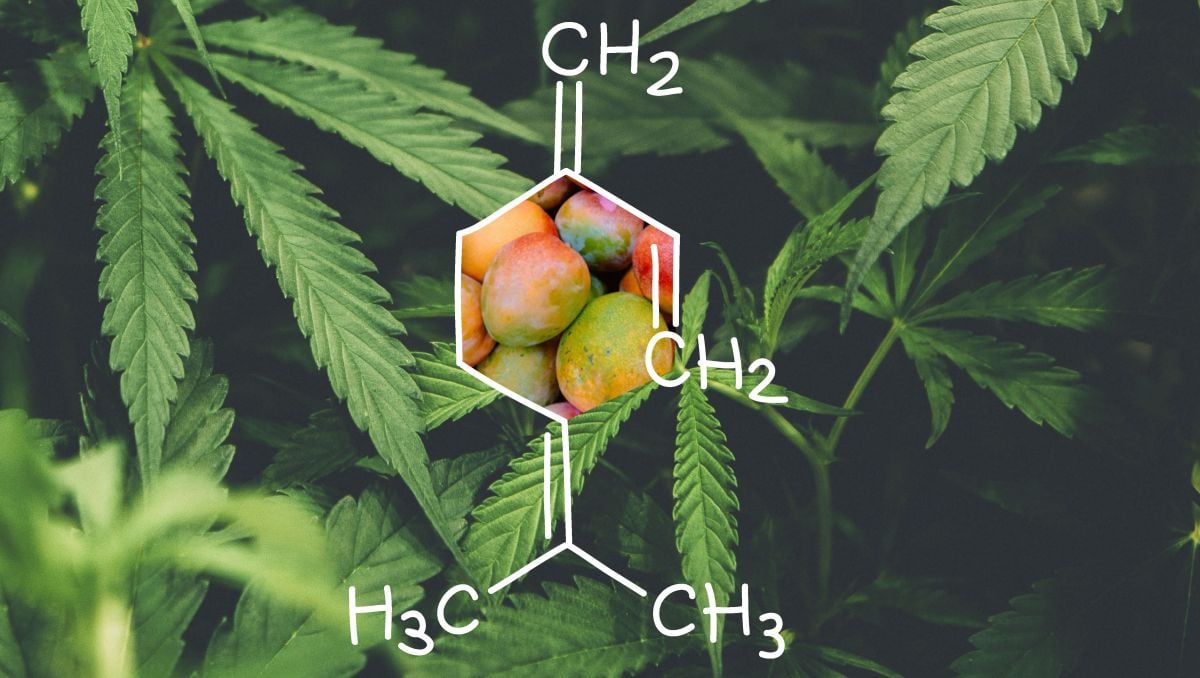
Furthermore, this type of terpenes has shown to prevent several types of cancers, they also act as antibacterials, antiseptics, and antivirals. Let's go through the particular properties of myrcene terpenes.
4. What Are Myrcene's Uses?
Myrcene's main property in cannabis is enhancing the effects of THC, the psychoactive compound of marijuana. This is why the mango myth emerged: since mango is high on myrcene, it is indeed a booster of the effects of marijuana.
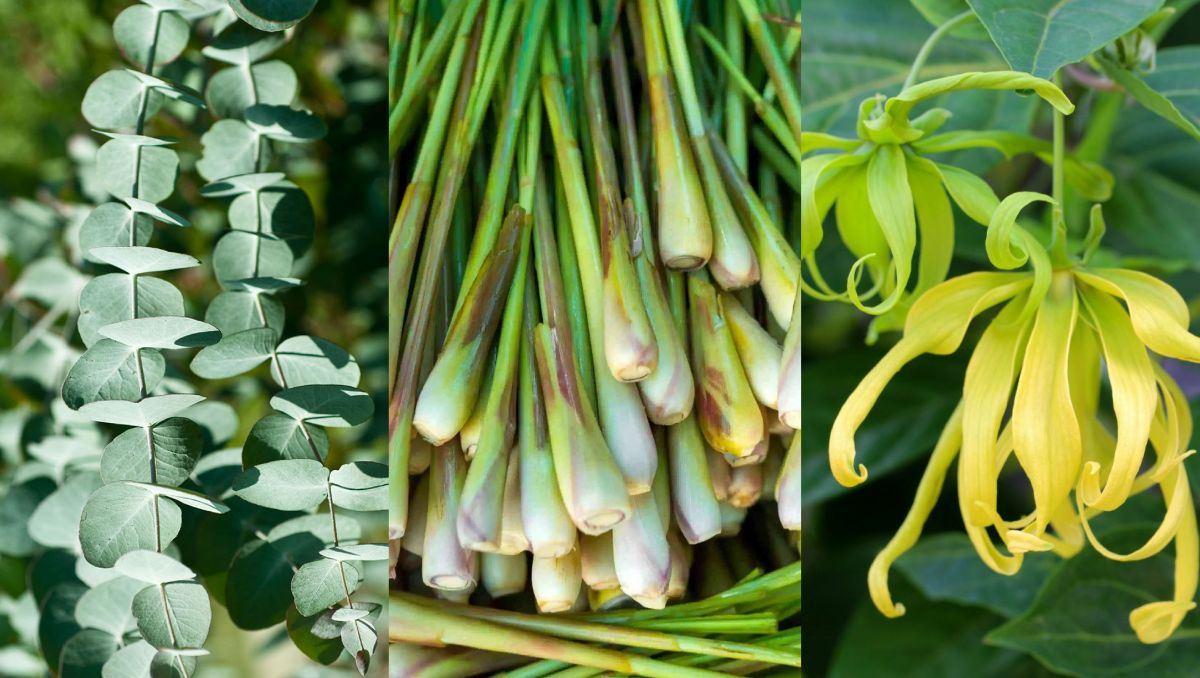
However, just like each terpene in the cannabis family has its own variety of effects, myrcene comes along with several benefits on its own as well. These include the following:
- Aiding sleep;
- Relaxing the muscles;
- Helping relieve pain;
- Working as an antibiotic and an antimutagenic;
- Preventing seizures, and more.
Let's dive into the benefits of consuming myrcene dominant weed strains.
Myrcene and Its Sedative Properties
One of myrcene terpenes' strongest effects is its sedative quality. Have you ever experienced the 'couch-locked' sensation after smoking a big fat cannabis joint? (For those unfamiliar with the term, 'couch-locked' is slang for being so high you feel too lazy to move, normally from the couch or where you sit.)
If you have indeed ever felt couch-locked, which we trust you must have, you most likely have consumed some strong myrcene content strains.
While more studies are yet to be done to affirm these terpenes' action, one study performed on mice, yikes here we go on the animals again, showed that these compounds indeed produced sedative effects on the rodents.1

These results back the use of high-myrcene products for people struggling with anxiety, stress, or insomnia. Besides, THC is also well-known for providing these effects, so using cannabis could be the perfect alternative for treating these symptoms.
Myrcene As An Anti-Inflammatory And Analgesic
Another great property of myrcene terpenes resides in its analgesic and anti-inflammation effects. Just like several other cannabinoids, myrcene has shown to be effective for relieving pain and reducing inflammation.
A study led in 1991, also performed on rats, noted that these terpenes reduce nociception, which is the pain associated with physical injury. Researchers found that myrcene influenced the body's endogenous opioids, chemicals that are produced naturally by the human body as a response to pain.
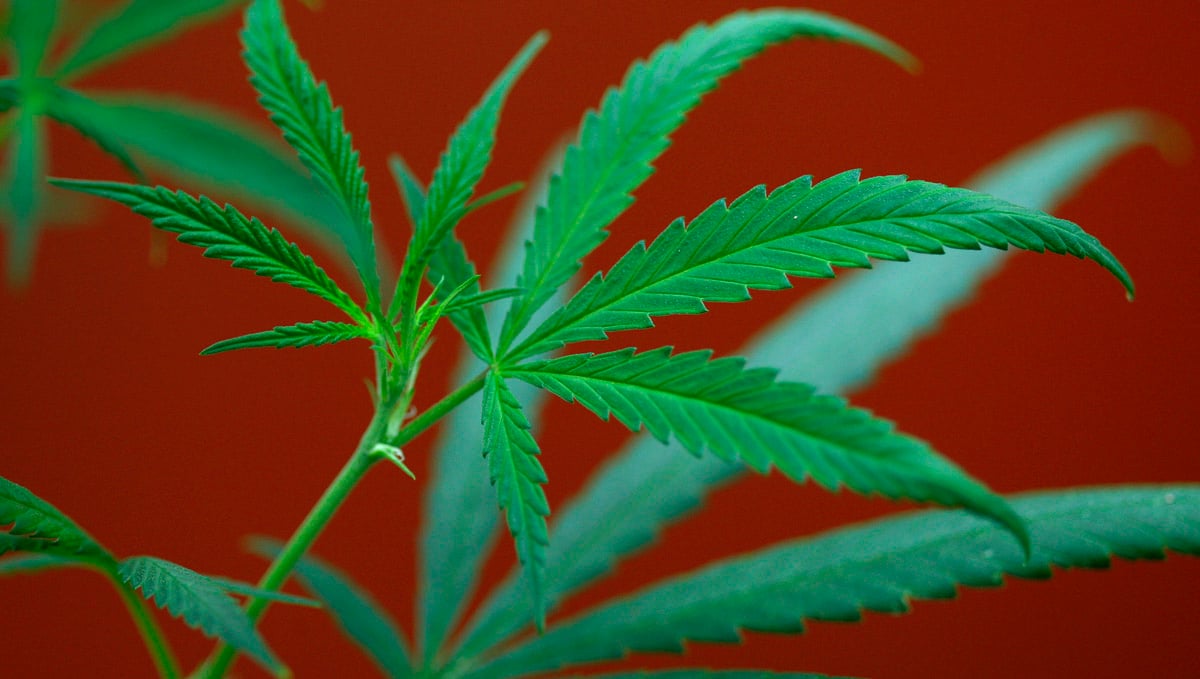
These compounds provide similar effects to those found in opioid-high medicines, such as morphine, although skipping the usual negative side effects found in them.
Since myrcene terpenes have also shown to reduce inflammation, they are promising for those dealing with different conditions, from minor muscle pain and inflammation to more acute disorders, such as arthritis.
Besides, myrcene also aids in slowing damage and disease progression.
Myrcene For Tumor Inhibition
One more common effect of myrcene terpenes is functioning as an anti-tumor. Due to the anti-inflammatory action of myrcene, this could lead these terpenes to aid in degrading cancerous tumors.2
Furthermore, a study led in 2015 found that myrcene could play a big part in reducing the metastatic activity caused in human breast cancer cells. However, the study was performed directly on the cells and not on humans so more research still needs to be done to affirm the anti-tumor property of myrcene terpenes.
5. What Are Some Myrcene Rich Strains?
Once we've successfully gone through the benefits and effects of myrcene terpenes, we hope we've helped to inform you well enough as to identify if this compound is the compound you're looking for in cannabis.
For those looking for buds high on earthy, spicy, and slightly sweet tones of flavor, we suggest our Fast Buds original, OG Kush Auto. This strong, 23% THC content strain is an Indica-dominant hybrid, ideal for those looking to relax.
Another myrcene rich strain is our also original AK Auto strain. These seeds will result in a more even Sativa-Indica balance, with a 60% Sativa and 40% level. AK Auto is ideal for first-time growers, she's a warrior of a strain, surviving through even the harshest growing conditions.
6. The Bottom Line
Learning about the properties and attributes of each compound in the cannabis family tree is essential to identify the effects of each strain of marijuana and being able to make the most out of them.
By knowing the effects that each terpene provides and understanding your own personal taste, you will be able to choose specific plants to grow, ones that contain such components. This way you'll then enjoy a high ride rich in these compounds that you cherish.
Marijuana flavors and aromas options are just as wide as those you can find in a gourmet cooking book. The varieties and combinations are vast so don't hesitate to test out the different alternatives until you find love in your soul-mate strains.
EXTERNAL REFERENCES
- "Central effects of citral, myrcene and limonene, constituents of essential oil chemotypes from Lippia alba (Mill.) n.e. Brown" T. Gurgel do Vale, E. Couto Furtado, J.G. Santos Jr, and G.S.B. Viana. December 2002.
- "Antitumor Activity of Monoterpenes Found in Essential Oils" Marianna Vieira Sobral, Aline Lira Xavier, Tamires Cardoso Lima, and Damião Pergentino de Sousa. October 2014.








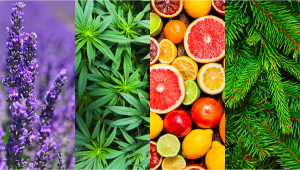
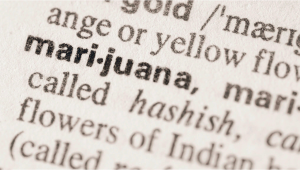


Comments